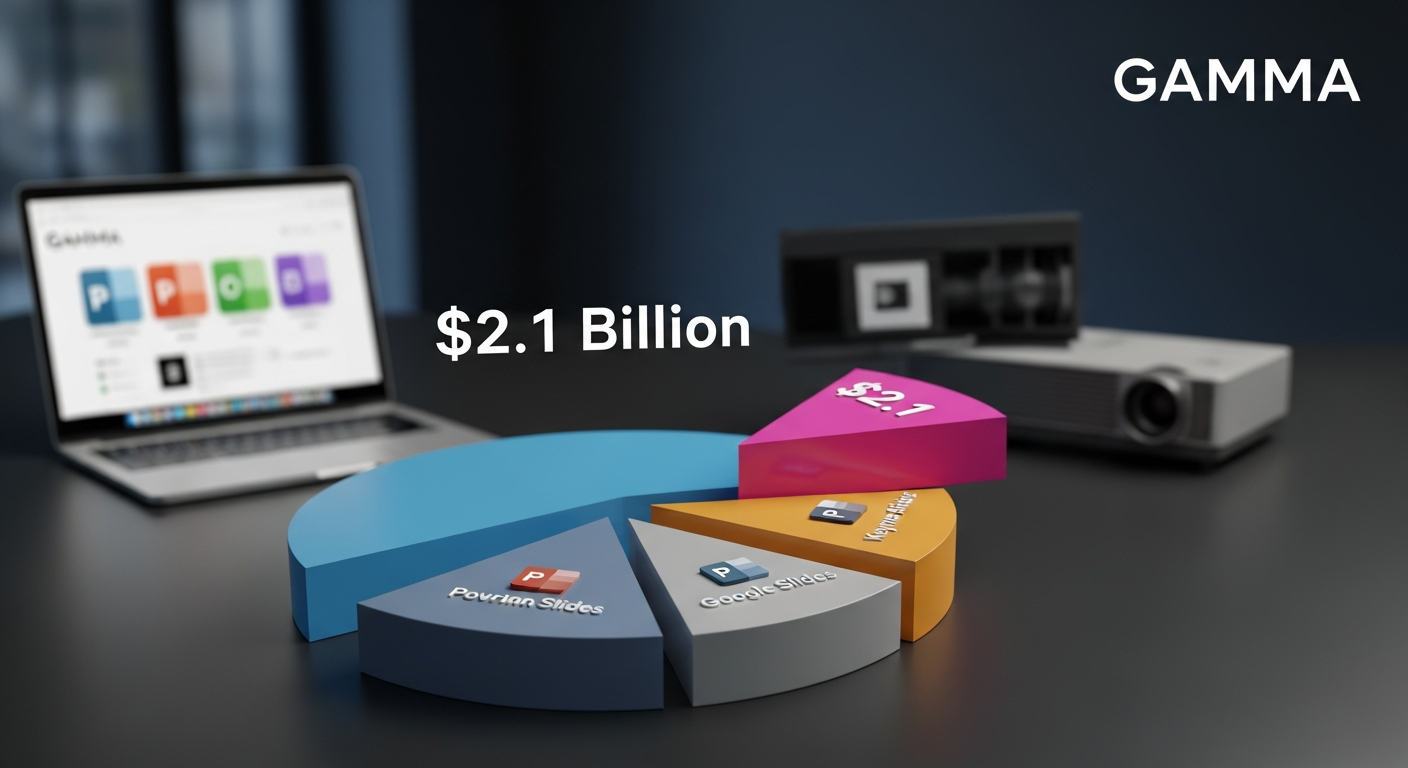So, Eternos. Remember them? They were the immortality startup, right? Well, things have…shifted. It seems they’re now pivoting, or you could say, they’ve taken a sharp turn into something a little less…eternal.
Now, they’re called Uare.ai. And the focus? A personal AI. One that, if the reports are accurate, will actually sound like *you*. Kind of a wild concept, honestly.
Notably, this shift comes alongside a fresh round of funding. Uare.ai just snagged $10.3 million in seed funding. Mayfield and Boldstart Ventures led the investment, as per the news from November 11th, 2025. Not a small sum, by any means. That amount of cash suggests some serious belief in this new direction. It makes you wonder what the investors saw in this pivot.
Earlier, the core idea was, well, to beat death. Now, it’s about creating an AI that, presumably, knows you inside and out. That’s a huge change. But in a way, it also makes sense. The dream of immortality is…vast. Perhaps too vast. Maybe the more achievable goal is to create something that captures *you*.
And it’s a smart play, if you think about it. The AI space is hot. Everyone’s talking about it. Every tech company is trying to get in on the action. But a personal AI? One that mimics your voice, your mannerisms, your…well, *you*? That’s different. That’s a unique selling point, you could say.
The shift from an immortality startup to a personal AI also speaks volumes about the tech landscape. It’s a reminder that even the most ambitious ideas evolve. They have to. The market shifts, investors’ interests change, and sometimes, the original vision just…isn’t feasible. Or maybe it’s too far ahead of its time.
Mayfield and Boldstart Ventures obviously saw something compelling in this new direction. Uare.ai is now positioned to capitalize on the growing demand for personalized technology. It’s a smart move, and it’ll be interesting to see how this plays out. It’s a long shot, sure, but it’s a fascinating one.
Technology is always evolving. Startups are constantly adapting. This is just another example of that constant change. The whole thing is a reminder of how quickly things move in the tech world. One minute, you’re promising eternal life, and the next, you’re building an AI that sounds like you.
Still, the question remains: what does this mean for the future? Will we all have AI companions that perfectly mirror us? Will we be able to, in a way, live on, even after we’re gone? It’s a bit of a mind-bender.
For now, though, Eternos, or rather, Uare.ai, has secured its funding and is moving forward. The seed funding is in place. The personal AI is on the horizon. It’s a new chapter. And it’s probably going to be a fascinating one to watch.








